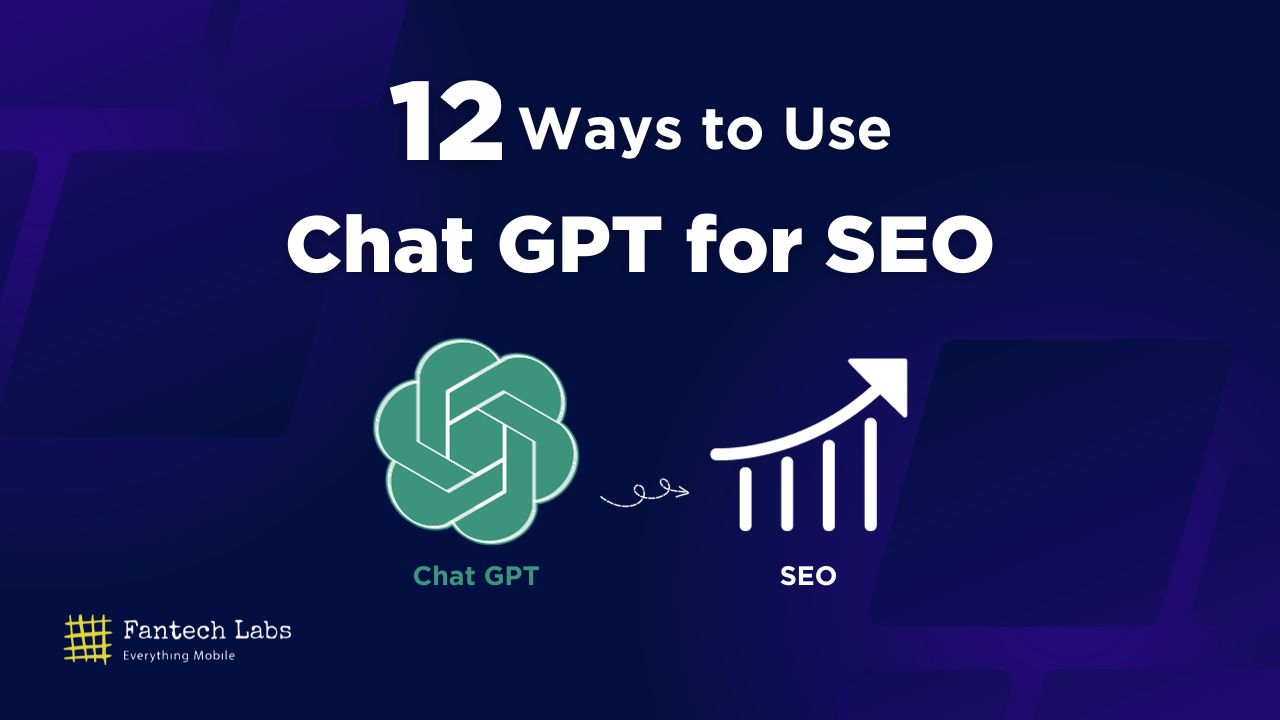Everyone is raving about ChatGPT by OpenAI, the latest in the line of Artificial Intelligence tools on the Internet. ChatGPT is the go to tool for almost everyone now, we can see a growing shift from Google towards Chat GPT. A natural language processing model based on OpenAI’s GPT- 4 will be used by ChatGPT when it launches on March 14, 2023.
It may seem like a regular chatbot at first glance, but ChatGPT’s capabilities have amazed writers, publishers, and digital marketers. Poems, essays, emails, blogs, and e-books can be written using it, and even SEO professionals can use it for search engine optimization. The following blog explores 12 ways to use chat GPT for SEO. Let’s get started.
- ChatGPT and SEO
- 12 Ways to Use ChatGPT in SEO
- 1. Generate content ideas
- 2. Determine the intent of keywords
- 3. Analyze keywords’ semantic relevance
- 4. Translate keywords
- 5. Create content titles
- 6. Generate Meta Descriptions
- 7. Rephrase your content
- 8. Create a list of frequently asked questions
- 9. Collect statistics and facts
- 10. Write summaries
- 11. Generate a Schema Markup
- 12. Targeting by location
- In conclusion
ChatGPT and SEO
Although ChatGPT is highly capable and has countless uses, it is imperfect. It still has limitations, such as repetitions of content and bias to avoid negative responses and it needs to be made aware of information created after 2021 if you are on the free Chat GPT 3.5 version.
Additionally, Google already disallows AI-generated content from ranking, so it tries to identify ChatGPT’s content and blocks it. However, it can be very effective for SEO professionals and marketers to optimize their content by using ChatGPT. The key here is to use Chat GPT for generating ideas, rephrasing content, improving its readibility etc. An effective online presence relies heavily on SEO. AI-based tools can greatly enhance your SEO workflow when used for SEO-related tasks. According to experts, the use of chatbots by SEO professionals is expected to become increasingly common in the future. The only thing you need to know is how to conduct conversations and enter instructions.
12 Ways to Use ChatGPT in SEO
Using ChatGPT for SEO is easy in these 12 ways:
1. Generate content ideas
Creating original and interesting content can be challenging, whether you’re blogging or using social media. A simple command will give you access to a list of topics you can target with ChatGPT. Additionally, ChatGPT can be instructed to return topics according to the target audience.
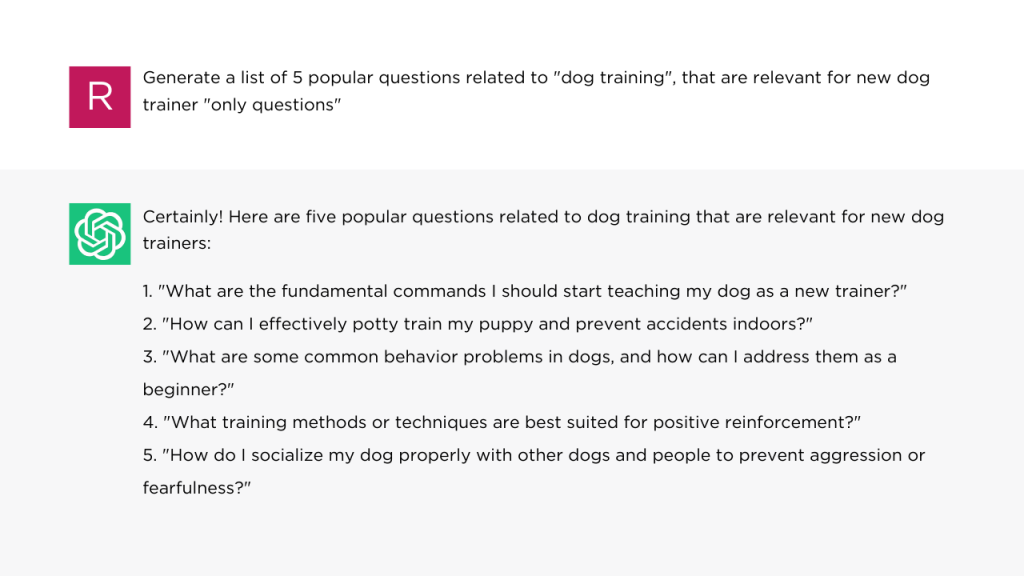
2. Determine the intent of keywords
The intent of a keyword is crucial to keyword research. If you know what keywords are trending on the Internet, you can easily match your content with the audience’s intention. When you are ready with your keyword list, instruct ChatGPT to categorize it according to the search intent of each keyword.
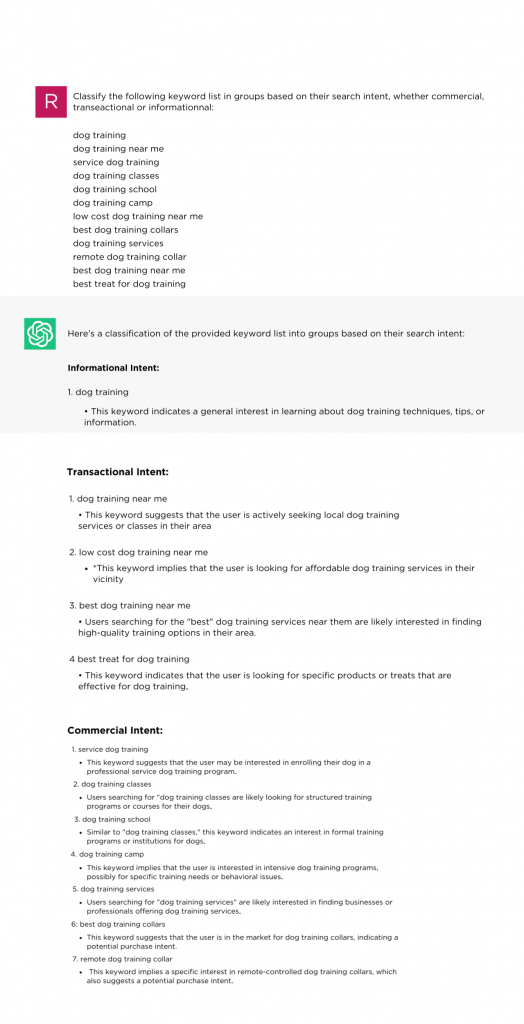
3. Analyze keywords’ semantic relevance
As experienced marketers know, putting as many keywords as possible on a web page does not work. Keywords that are semantically related will allow you to rank for multiple related keywords. ChatGPT is also useful for categorizing keywords according to their semantic relevance.

4. Translate keywords
If you want to rank your content for foreign audiences, you can use ChatGPT to translate your keywords into their native languages.
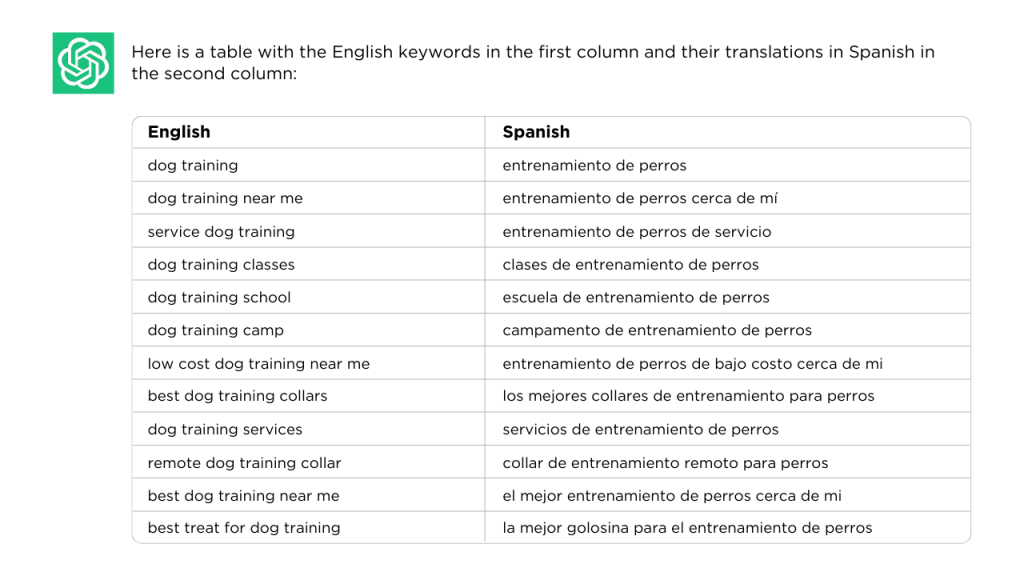
5. Create content titles
After you’ve uploaded your content, ChatGPT can generate titles for it. The chatbot will suggest topics based on your content if you copy and paste it into ChatGPT. A keyword can even be included in the title and the bot can limit the number of characters.
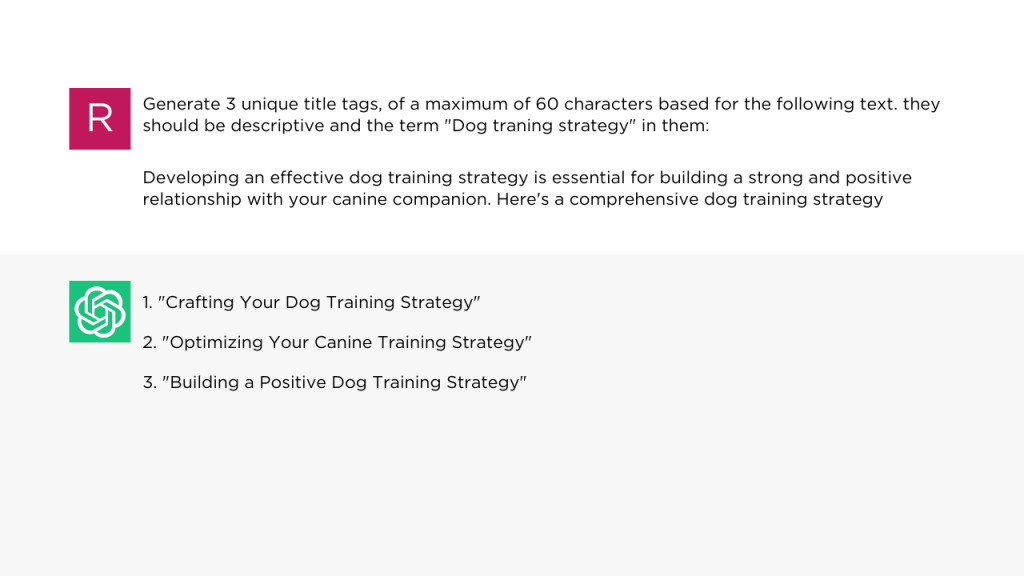
6. Generate Meta Descriptions
In the same way that ChatGPT can generate titles, ChatGPT can also create meta descriptions. Meta descriptions are generated by ChatGPT based on titles or excerpts of your content. Additionally, you can modify the meta description or add a CTA with the chatbot.
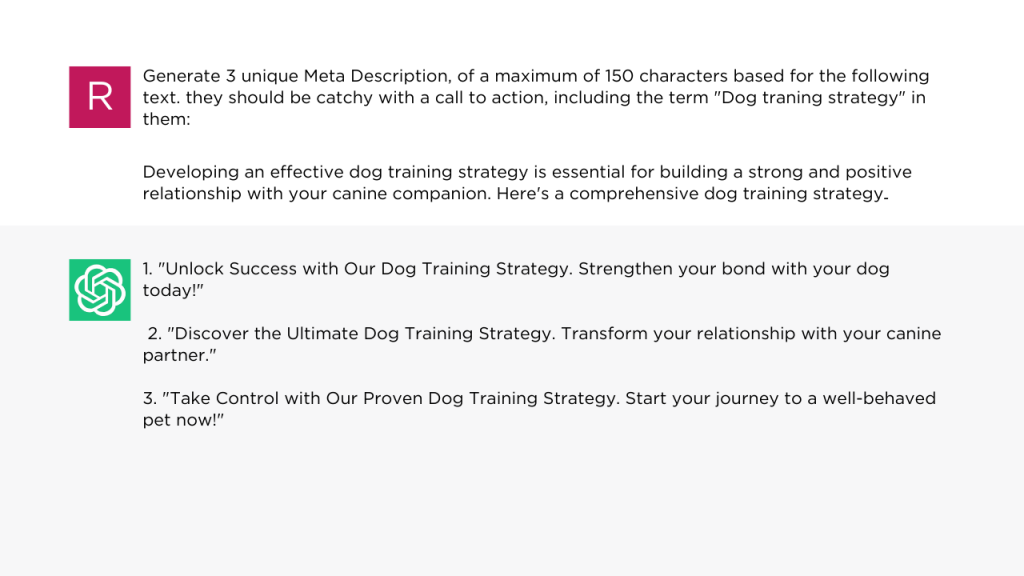
7. Rephrase your content
Creating and publishing content regularly makes it difficult to avoid content duplication. Additionally, duplicate content hinders SEO because Google’s algorithm is unable to determine which web page should appear first. It is possible to rephrase your content using ChatGPT and to generate a unique version of your similar text using ChatGPT.
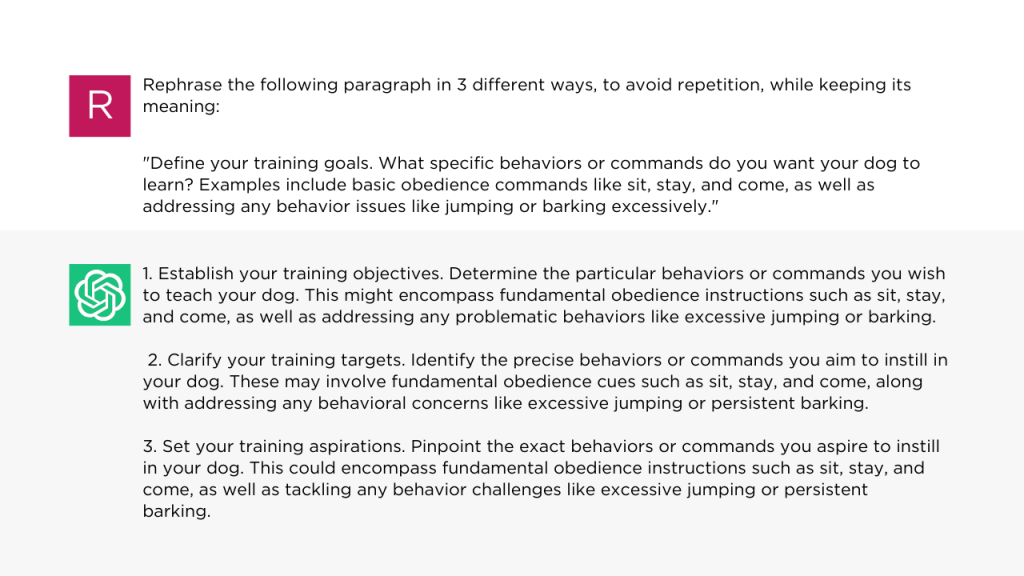
8. Create a list of frequently asked questions
ChatGPT can generate FAQs based on your content, similar to how you create topics and meta descriptions.
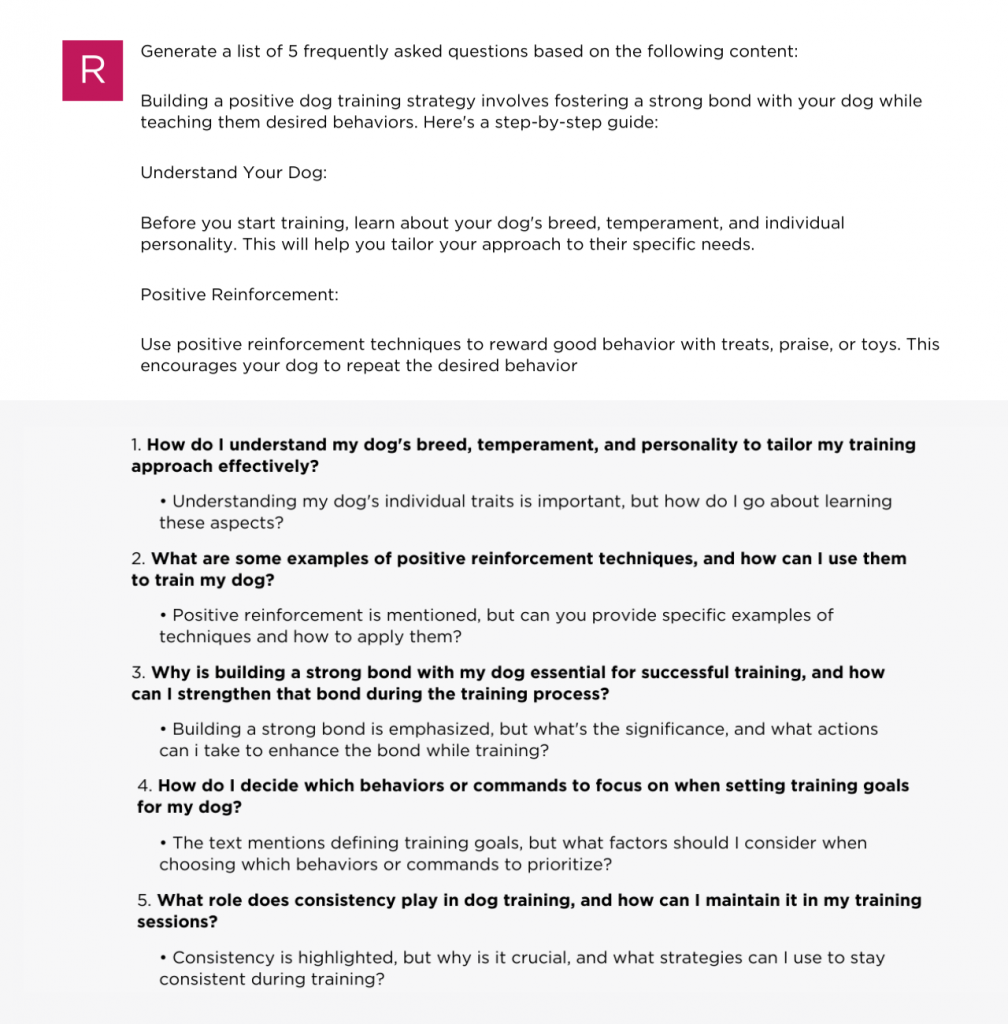
9. Collect statistics and facts
It doesn’t matter what industry you’re in, stats and facts add authority to your content. Getting information from the Internet requires considerable time and effort. ChatGPT can be used instead to list facts and stats along with their sources.
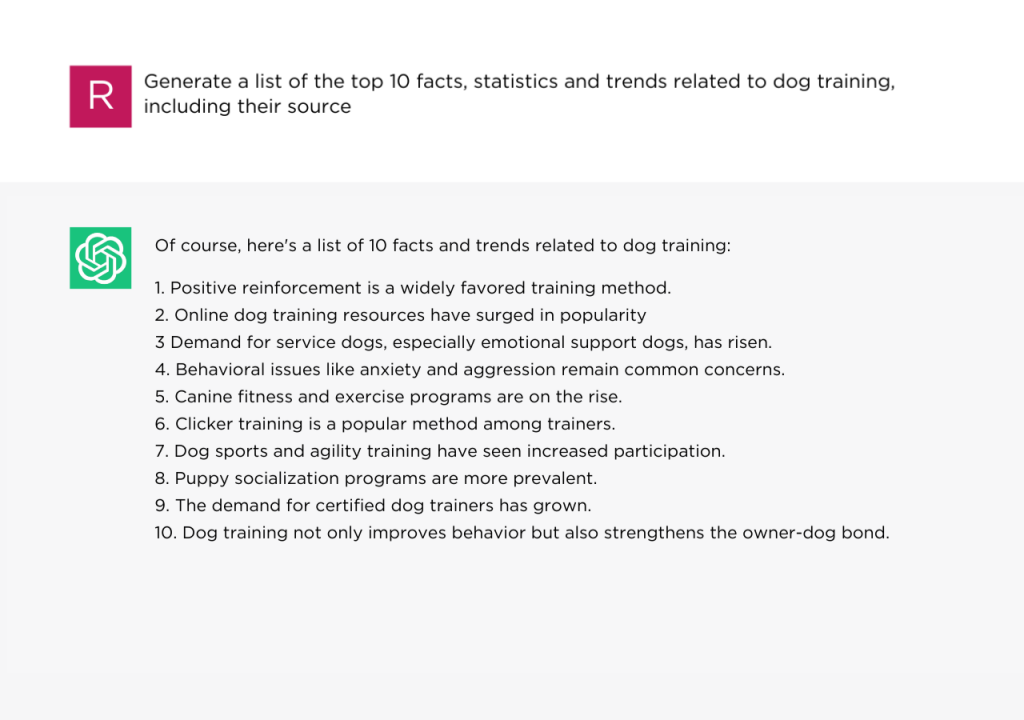
10. Write summaries
When adding descriptive text to category pages or repurposing content for social media, summarizing content is useful. In addition, you can quickly generate summaries using ChatGPT when it comes to SEO.
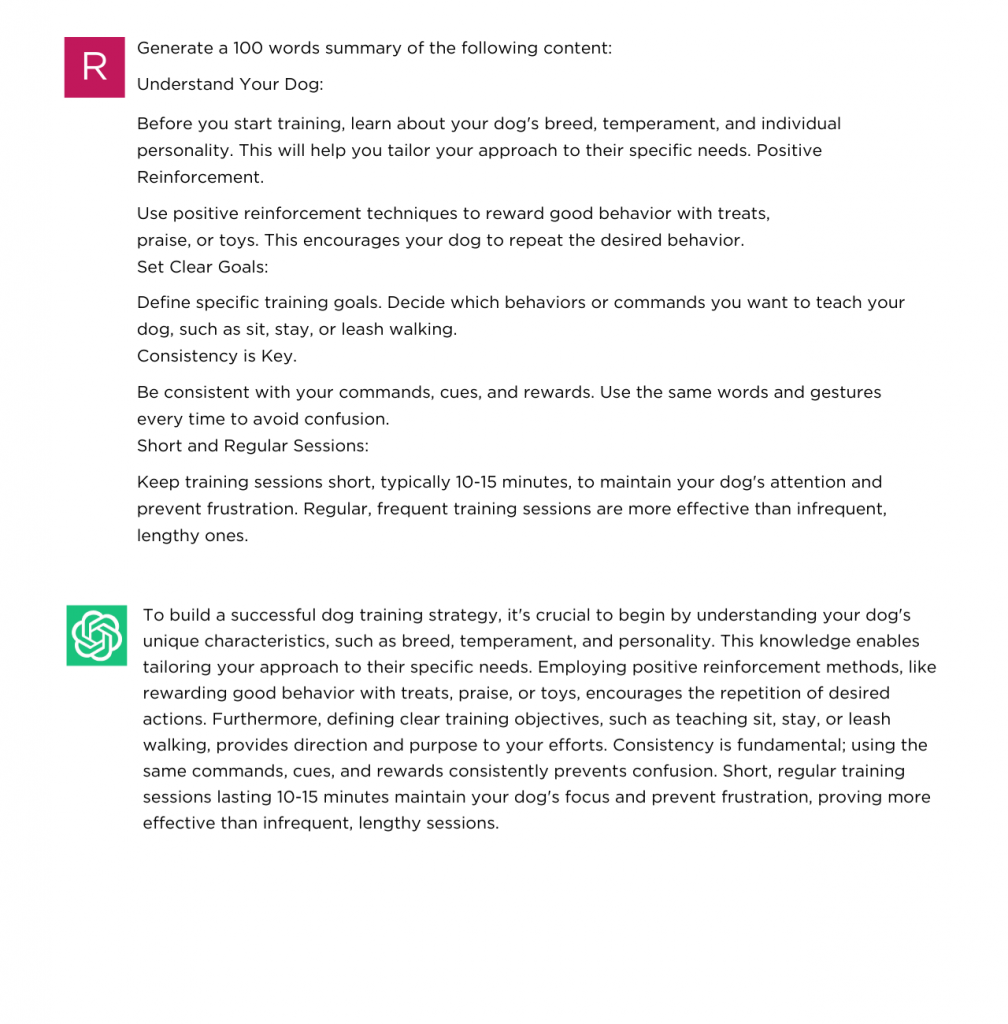
11. Generate a Schema Markup
Also, the ChatGPT generates code snippets based on the instructions and context provided by users. A structured data or schema is the best way to leverage ChatGPT’s SEO capabilities.
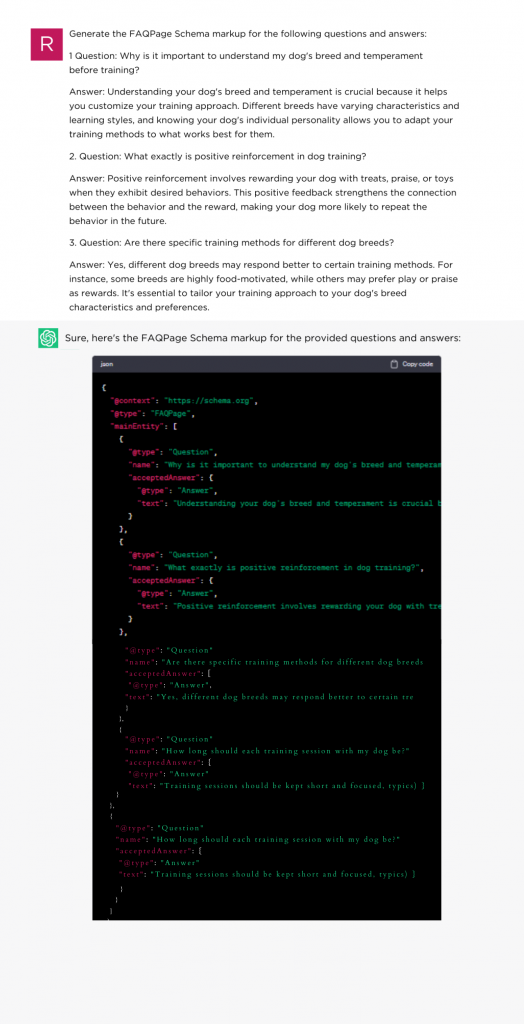
12. Targeting by location
Your website can be customized with hreflang tags if you’d like to target audiences in a certain part of the world or who speak a particular language.
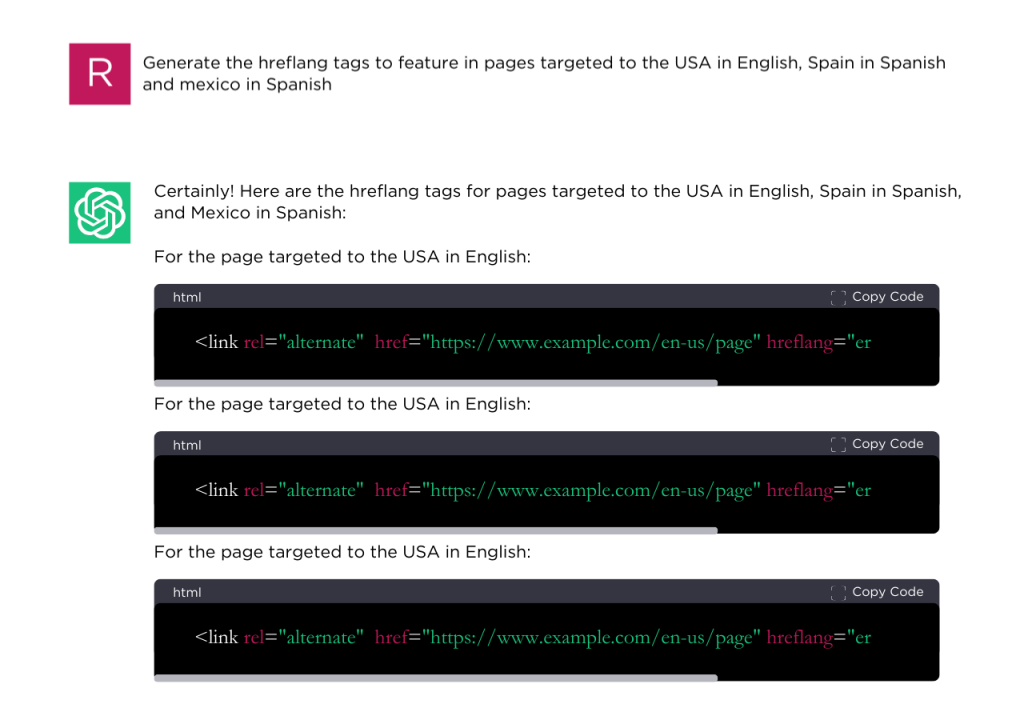
In conclusion
It is still relatively new but cuting edge, which explains why ChatGPT is so popular. After the hype settles, it may just be another SEO tool in your master kit. Start using chatbots now before they become the norm. Take advantage of the 12 tricks mentioned in this blog by experimenting with ChatGPT3.5. For More Informative Article Visit: Fantech Labs
